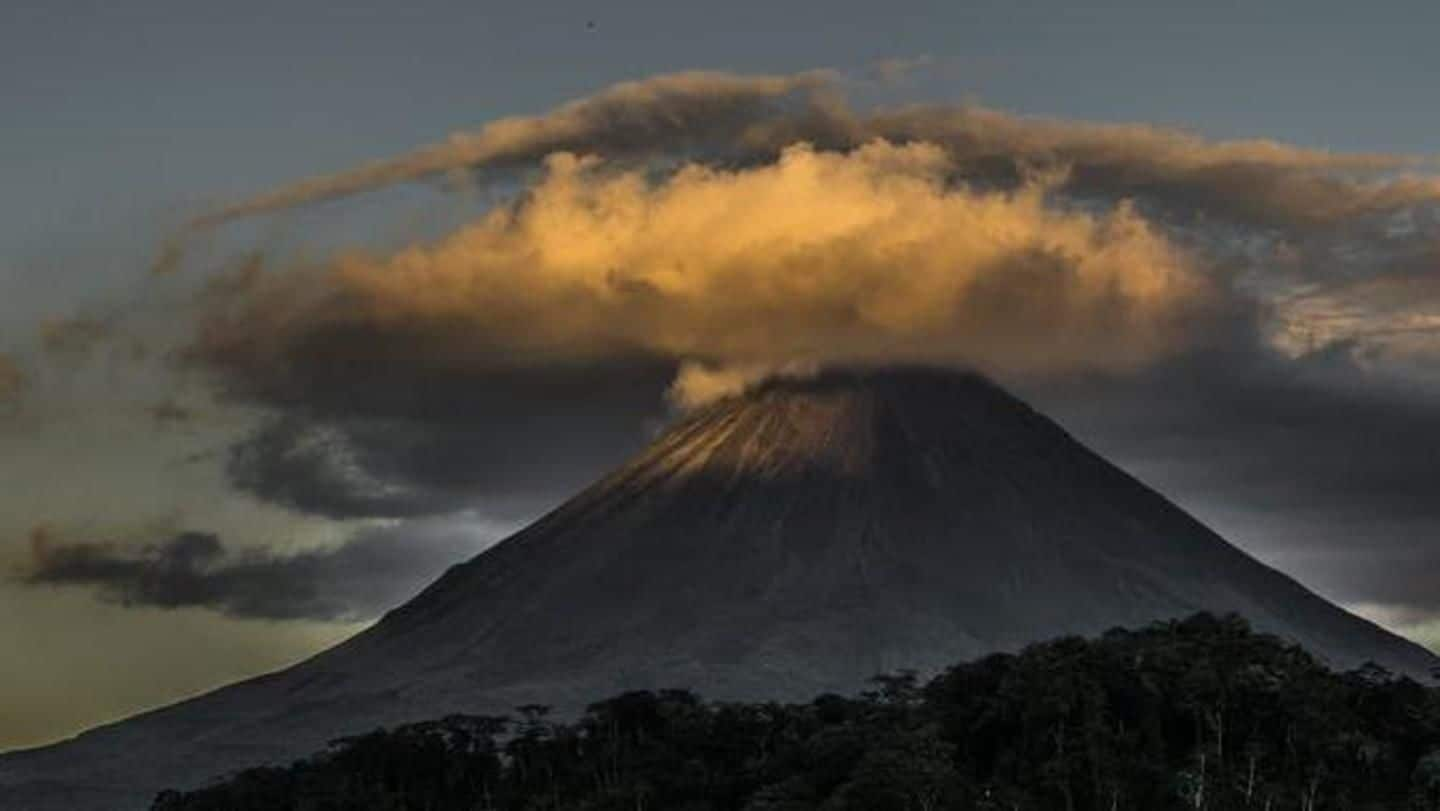
Now, AI engine can analyze ash in understanding volcanic eruptions
What's the story
Scientists led by Daigo Shoji from the Earth-Life Science Institute (Tokyo Institute of Technology) have now shown that artificial intelligence (AI) can be trained to categorize different types of volcanic ash. Why is this important? Volcanic ash gives clues into volcanic eruption mechanisms, which help determine risk and guide safety-related action. Till now, studying ash was a time-consuming process, dependent on highly-skilled experts. Not anymore.
Earlier methods
Until now, ash particle classification was largely done by eye
Up until now, volcanic ash particles had to be studied painstakingly to analyze thousands of tiny particles to get the larger picture of the eruption. Classification by eye was the usual method, and while conventional computer programs were quick at classification by objective parameters, such as circularity, they weren't very good at examining complex shapes found in nature.
The AI
Scientists used neural network to solve the issue
Using the convolutional neural network (CNN), a kind of AI frequently used to analyze images, the scientists were able to solve the problem. Unlike conventional programs, the CNN isn't limited to simple parameters, and learns organically like human beings do, interestingly at rates thousands of times faster. Researchers trained the AI with thousands of two-dimensional images of ash particles generated by an automated particle analyzer.
AI training
How the neural network was trained to classify images
The scientists manually classified the generated images into the four basal shapes - blocky, vesicular, elongated, and rounded. Some particles were a combination of the shapes. 200 images of particles that fit neatly into each category were fed to the CNN, following which it was taught how to classify particles based on particular parameters, for instance, the degree of circularity to determine roundness.
AI test
The neural network could classify particles with 92% accuracy
After training the CNN, the team of researchers tested it using 40 images of each type of ash particle. They found that the CNN was able to categorize images of ash particles with a 92% accuracy. Notably, for the images the CNN couldn't categorize, it provided probability ratios - for instance, a 65% probability of a particle being vesicular, 35% of it being blocky.
Usage
AI engine eliminates need for dozens of experts on site
As it stands, the programme can already be used, thereby eliminating the need for dozens of highly-trained geologists and volcanologists to be on the field. The system could already prove useful in eruption responses, and the researchers are hoping to further upgrade it to additionally analyze other aspects of volcanic ash including color, texture, etc. for better insights into eruptions.